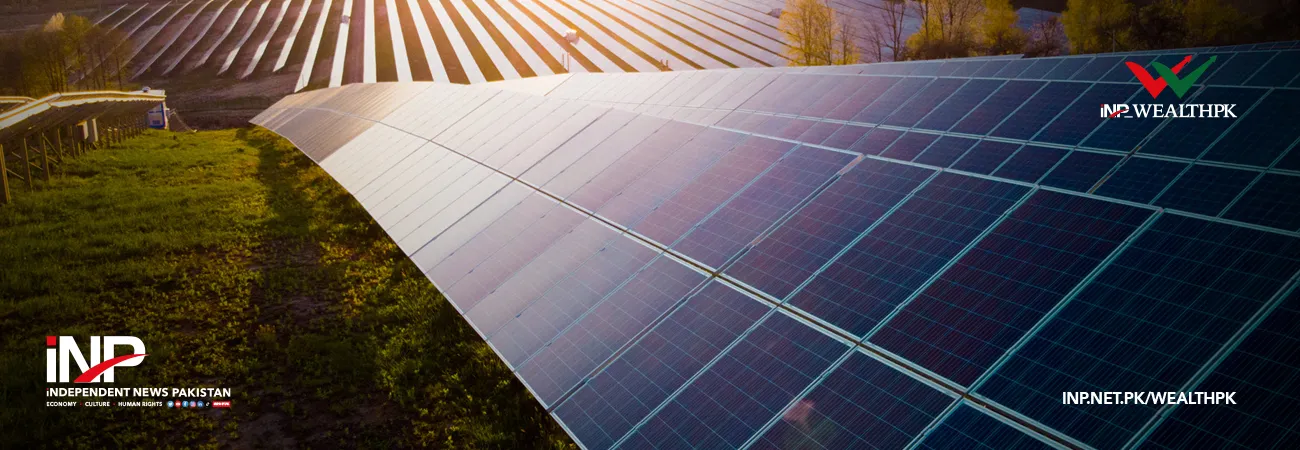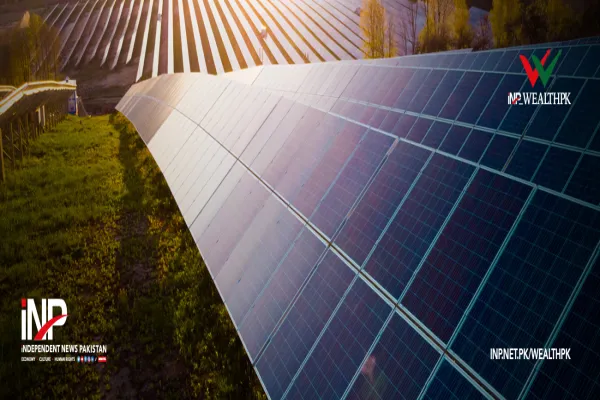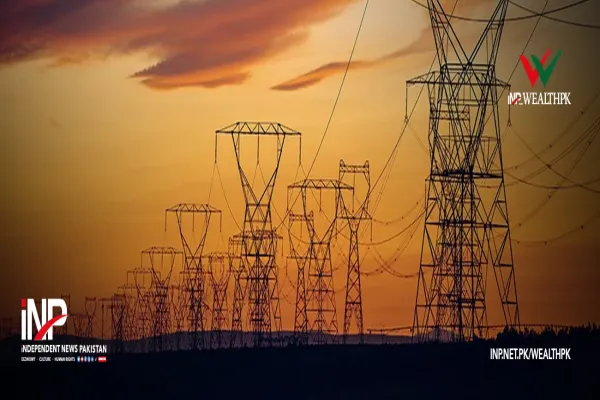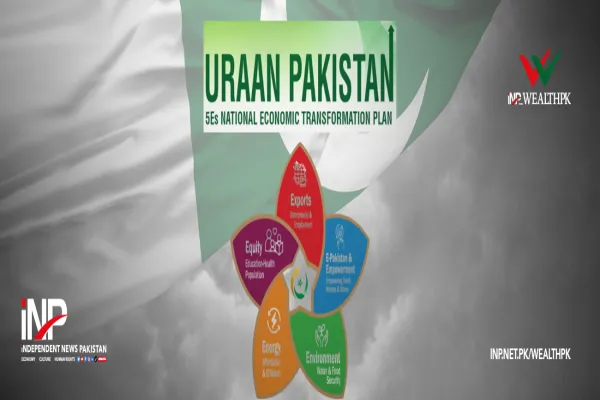i INP-WEALTHPK
Muhammad Luqman
Be it a modest unit in Lahore’s Sundar Industrial Estate or a sprawling textile complex in Faisalabad, the industrial players across Pakistan are racing to harness solar energy as a cost-effective and sustainable power solution.
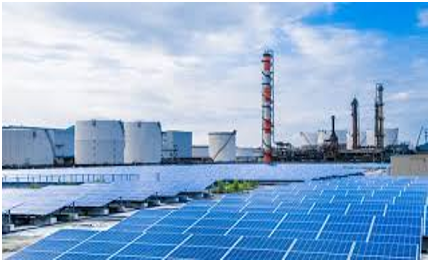
“In the face of rising electricity costs, almost one-fifth of units in our industrial cluster have switched to solar energy,” said Shabbir Ahmad, Business Manager of Lahore’s Sundar Industrial Estate (SIE). Talking to WealthPK, he said the provincial government’s Punjab Industrial Estate Development and Management Company (PIEDMC) had engaged several solar companies to help the industrial units switch to low-cost energy.
“About a 20-megawatt power load has been shifted to solar energy in the Sundar Industrial Estate so far. Hopefully, more units will benefit from the industrial solarization incentives,” Shabbir Ahmad said. Following the lead of Sundar Industrial Estate, factories across Punjab, particularly in Lahore, are embracing this green technology.
“The conversion of grid-powered units into solarized units is not restricted to the small and medium enterprises, large sector manufacturing (LSM) units are also getting solarized,” said Faheeum ur Rehman Saigol, Chairman of the Pakistan Industrial and Trade Associations Front (PIAF). Talking to WealthPK, he said cement factories and textile units were mainly switching to solar energy.
The textile industry, being the largest export-oriented sector, was leading in solar adoption, Faheem said. “All the big groups have installed megawatt-scale rooftop solar systems to cut energy costs and improve sustainability credentials in global markets,” the PIAF chairman said.
He said the cost of energy produced through solar technology is about Rs18 per kilowatt hour (kWh) against Rs40 per kWh for electricity purchased from the national grid. He said that high-energy-intensive sectors, such as cement and steel, have begun investing in hybrid solar-plus-grid solutions.
According to the All Pakistan Textile Mills Association (APTMA), about 60 out of 300 textile mills in the country have been partly solarized. “It is not possible to solarize the entire textile mill unit. So, some of its sections have been switched to solar energy,” Secretary General APTMA Raza Baqir told WealthPK.
He said that by adopting solar energy, these textile mills have been able to reduce their energy costs, which is a major raw material in production. “Now yarn, cloth, and value-added products from these mills are more competitive internationally,” Raza Baqir said. The number of units shifting to the solar energy mode is increasing with the passage of time, as the government has failed to cut down the power tariff significantly.
He said solar energy had been a blessing for Pakistan’s industrial sector, which had previously borne the brunt of frequent power outages and rising energy prices. Just a couple of years ago, Raza Baqir recalled, the industries often had to operate below capacity or resort to expensive backup generators, which escalated the production costs.
“Solar energy now provides a decentralized, cost-effective alternative that can stabilize operations, ultimately cutting down the production cost,” the APTMA official said. According to energy experts, solarization of industry is not just a response to energy shortfalls, but a strategic shift toward a resilient, sustainable, and globally competitive industrial economy.
Credit: INP-WealthPk


